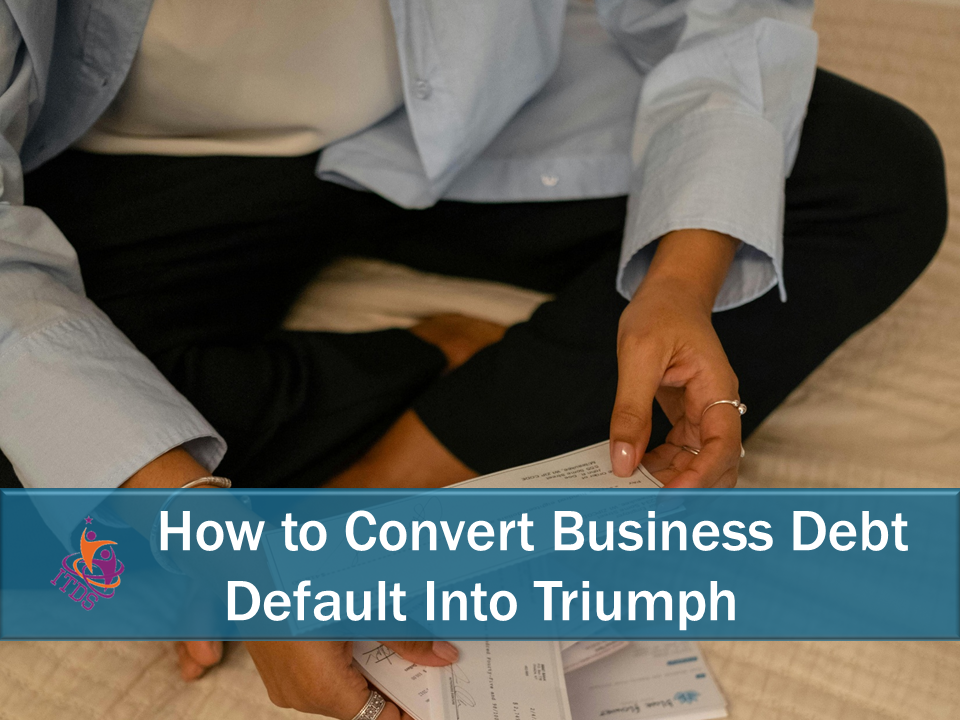How To Win Clients Every Time With Business Proposals
- Home
- How To Win Clients Every Time With Business Proposals

Raise your hand if you hate writing business proposals. Yeah…I thought there would be that many of you…
And to make matters worse, you are the owner of a small business and you don’t have, and can’t presently afford, the help you need to write proposals.
Furthermore, you will tell anybody, even those who are not listening, how much you hate writing and how much even your best attempt sucks.
So you go to a meeting with a client and the discussion is meaningful and exciting. The client is ready to buy and you are ready to sell. You shake hands and in a casual, off-hand way, the client says: oh…just send me a proposal…
He is an idiot?!
You beam up your laptop, you rush to google, you type in “business proposal writing” and in less than a second you receive about 4,370,000 results!
Stupse!
You quietly close your computer…you go to the refrigerator for inspiration…you give up and promise to get back to google and the client…
That was then!
Now I am going to change that for you. How?
I’m going to show you how to write really awesome business proposals.
Business proposals which takes the client from “perhaps” to “YES” in 6 easy steps.
One that will take the “suck” out of even your worst business-writing-proposal attempt.
The only thing I hesitate to promise you is that following these 6 steps will make you fall in love with writing business proposals.
So take a deep breath, let it out, and here goes…
Step #1 – Start your business proposal with introduction/background
Yes, the introduction is always a good place to start. But what you don’t want to do is start by describing how you built your business from the ground up, starting some 20 years ago.
Instead you want to start your business proposal by focusing on the client right away.
I begin by referring to the discussions we had prior to the proposal. Then I use the background to briefly describe the operating circumstances of the business as I understand them from our discussions.
An excerpt from this may read:
…the business has experienced several unplanned changes in the last 11 months which have resulted in the hiring of staff under less than ideal circumstances. Several of these employees were not the right fit and had to be fired almost as fast as they were hired…
Please note that this is not a statement of the problem. It’s just a description of what was happening to the client that led her to seek help from me.
If you’re accurate with this, especially when you include what the client is doing right, it helps him or her to be more open to your diagnosis of the problem.
Step #2 – Remind them why they chose you
This is a chance to gently (GENTLY!) sell yourself and your services. The big question is: “Why in step #2?”
Because in this step we’re still focusing on the customer, so sample copy for this could look like this:
We wish to thank you for the opportunity to help you place your business in your desired position in the “Super Star” market.
The project will be managed by our Business Breakthrough Specialist, Lorna Barrow and on completion, we assure you that “New and Improved Business Inc” will be able to:
- align all aspects of the operations of the business
- more efficiently and effectively deploy the existing HR
When you list 5 or 6 benefits which the client can expect BEFORE you share the problem, it keeps them highly engaged with your business proposal. And of course, move them faster to “YES!”
You can also share a little more about yourself BUT only as it relates to your capacity to deliver on the requirements of the project. For example:
Lorna Barrow, Training Facilitator, Business Consultant and Coach, has over twenty years of experience and skill in delivering client-focused services, practical training, HR Management Support, Small Business Management and Project Management, all acquired through education and training and her work in the Caribbean and Europe.
Step #3 – Clarify and discuss the problem

If ever you need to be clear in your business proposals, it’s when you discuss the problem.
Remember, what the clients talk (complain, belly-ache, cuss) about in your early meeting(s), are usually really the symptoms.
If you’re worth the top $$ I know you’re anxious to charge him, now’s the time to establish what his problem is, in simple language that he can understand.
Here’s your example:
The Problem
While the business has been formed with genuine passion and is run with much enthusiasm, a retail business is not a “seat of the pants” enterprise and eventually success is based on clearly defined and well executed strategies. Your business’ problem is a combination of the following:
- No clear retail strategy which will help you identify your market segment and devise strategies to dominate it in any of the critical retail areas, namely:
- Need to clearly define “Excellent Customer Service” and the values, standards and systems which support it. This is necessary to influence customer retention, develop customer service standards, impact marketing and drive training and employee development…
Notice that the problem can have several components which you should list for the client.
Step #4 – Be sure to propose your solution

In your business proposals, when it comes to the solution you must cover several things.
First, you should cover why this solution is the ideal one for the client. Most business proposals do NOT.
Problems are as different and as similar as businesses are similar and different. So are consultants. But the client chose you or you are in a pool of usually three options (a stupid approach, I think!) Therefore, answering the question “why this proposal?” for the client moves them forward to a decision much faster.
Next, the overall solution should be made up of mini-solutions for the parts of the problem you listed. This is the what and these should be as clear and simple as the parts of the problem.
For example, the solution for Need to clearly define “Excellent Customer Service” could be:
…engage in the process of defining “excellent customer service” as it relates to the business, establishing a service vision and determining the standards and systems that will support these. Again, this must involve people at all levels of the business…
Then, tell them how to implement the solution. The key here is to give the client options, moving from the ideal to the next best or a possible third. Keep the number of options small to avoid the “too much choice dilemma”. For example:
…accept this proposal in its entirety and implement as detailed from #2 – 6. This allows you full access to the consultant at all times during the project and several items can be worked on simultaneously.
…if this option is not ideal for you at this time…you can consider…but you run the risk of…
Step #5 – Make your business proposals awesome – add a CTA!
Yes! Tell-the-client-what-you-want-her-to-do-next!
Most business proposals end abruptly and when I read them, it feels like I can actually hear the thud as they hit the floor.
You don’t want this to happen to your proposal, do you?
Well then, end with a call to action (CTA), please. Don’t be afraid. Some business people believe that a CTA has no place in a business proposal but they’re wrong. Do you want a signature? Ask for it. Do you want a response by a certain time? Let the client know.
The goal is to create a sense of urgency around your business proposal by finding ways to keep your client focused on it. So many other things get in the way, you know.
Step #6 – Add the icing on your “business proposals” cake
So you have five steps which you can follow to write a decent proposal – a proposal that will actually get you the client’s business you want.
Now, there are some things you must consider, which are what I call the icing on your business proposal cake. Here are my top 4 of these:
- Get to know your client at a meta level – get inside her/his head. In the meeting observe what matters to them. In this way, when you write, you will write in a way which captures and keep the interest of your client. Kinda like audience analysis when you speak.
- Presentation matters – so give your proposal a cover page if it’s more than three pages. Keep the paragraphs short, use numbered lists and lots of white space. And edit, edit, edit!
- Keep your content tight and relevant – I can’t say this enough. You are not writing a novel so you don’t have to set the scene. Your client just wants enough information to be convinced that they were right to choose you and to make a decision. They are busy people, remember?
- Remember, a business proposal is a sales opportunity – uh huh, it really is. Not by writing about how great you are but by showing it. When you follow the six steps I shared, you will nail it…every time.
Your next “business proposal” step…
So there you have them…6 steps to write really awesome proposals!
So what do I want you to do next?
I want you to stop telling yourself you can’t write business proposals. I want you to stop producing those sorry documents you call business proposals. And above all, I want you to trust yourself to follow my 6 steps and write your next proposal.
Will you get it right the first time? I doubt.
But if it’s any comfort for you, I spent a long time fine-tuning these steps, I use them myself and I know they’ll work for you.
Will these steps work every time?
Nearly every time but…there are times when the client will give you a template or a format for their proposal. In that case, of course, you follow their requirements…just remember that step # 6 is always relevant.
To your awesome business proposals…




